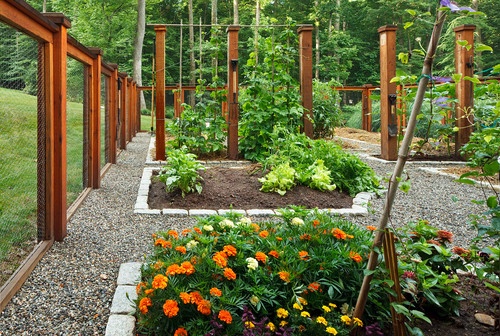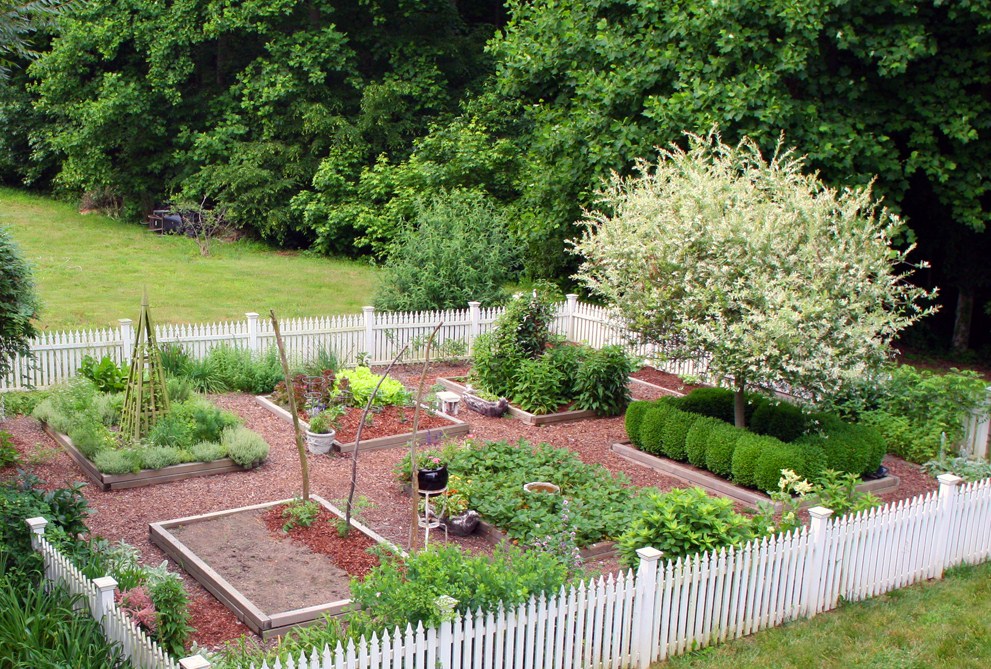
The Home Renovations Advisor

The Home Renovations Advisor
How to Build a Vegatable Garden Fence
The problem with plants though is that these are delicate. These plants require much attention, not mention the presence of mind to not trample these underfoot. The best kinds of plants are the vegetables because they have the added purpose of being edible and nutritious.
Today, growing a personal field of vegetable is more preferable than purchasing these on the market. Now, taking care of these is not just about watering, taking out the dried leaves and seeing to it that no insects get to the vegetables. As stated earlier, these are very delicate. Because of such, these need as much protection as possible.
The Physical Protection
Being delicate, these vegetable plants need more than just care. These also need protection. This can be provided and dealt with easily through the use of a fence.
Now, the fence need not be something elaborate or expensive as this is just intended as a passive restriction from playing little kids and men who walk around stomping as if they are blind. They might not see the vegetable patch, but a restriction like a simple fence is hard to miss.
How to Build this Fence
To start off, here is a tip. It is easier to construct a simple fence when there is still no vegetable patch inside it. The reason for this is that there are some vegetables that are so delicate that they wilt when the soil around them are disturbed.
Another reason is that fence building is not exactly a delicate art. It is physical labor that lasts for a few hours and therefore accidents might happen. Remember how parents used to instruct their children to color first the sides of the drawings before coloring the middle part?
If everything is near at
hand and ready, the owners should start by driving stakes into the
ground and connecting these together by string. This will mark the
fence line. Obviously, it is advisable that people make sure that
they leave 2 to 3 feet of open space around the vegetable patch as
a walk path. Always leave a space for this.
Some people, in their enthusiasm to begin with the project, often forget to leave out spaces and they end up with a fence that sticks right next to the vegetable patch.
Upon finishing with the measurements, start they should begin to dig out holes for the simple fence’s posts. Always remember to make sure that the holes for the corner posts are deeper than the holes for the rail posts because the most of the weight of the fence leans towards the corner posts. To be sure, a depth of 3 feet should be ample enough to support the weight of the posts without making it lean towards any direction.
Clear the soil and insert the posts to the holes and fill it the holes again with the soil. Once the posts are secured, begin attaching the fence rails to the posts through the use of nails or screws. Some people prefer to paint their simple fences, but this is really something that is up to the owners. Even so, they can forego the

Vegetable Graden Fence

Vegetable Garden Fence

Vegetable Garden Fence
Twilley Lane
Ajax, ON. Canada L1S-7N2
www.thehomerenovationsadvisor.com
647.772.3762
All Rights Reserved. Albert James
Info@thehomerenovations
advisor.com
Articles may not be reproduced in anyway without permission.




Designed by Gomamawebdesign